Affordable no longer means cheap.
Third party lens manufacturers and the pursuit of the professional hobbyist.
Let me start this whole thing off by saying that this write-up comes after spending eight weeks with the Thypoch Simera 35mm f1.4. Thypoch sent me this lens to keep but the thoughts are my own. I have some things I love (optical quality is Zeiss like) and some things I absolutely hate with every fiber of my being (the infinity lock decision was horrible) about this lens but together it helps shape my position in this article.
I have had a feeling for quite some time that third party manufacturers, in particular Chinese manufacturers, of photo and video gear are having their “MOMENT”. Long gone are the days of budget gear meaning easily breakable and poorly assembled. In fact, third party gear has become so well designed that there are many instances where you would be foolish to not recommend it above a lesser first party counterpart.
A lot of times when we say third party though, we mean specifically Chinese third party products; let me just stand on my soapbox here and remind everyone that a lot of hate given to Chinese products are strictly rooted in racism. Shitty products are created everywhere (e.g. Boeing) no matter who manufactures them. If a company does not care about quality control their products will fail (e.g. Boeing) and if they outsource manufacturing and engineering to save a few dollars (e.g. Boeing) they will fail. This is a constant in manufacturing across every market.
But what happens when companies create affordable products that were both designed and built with care? Great things.
This lens absolutely has reserved a space in my heart for its image quality alone. It turned both of my 24MP sensors into high-resolution machines due to both its sharpness and fantastic micro-contrast. The coatings combined with ED, HRI, ASPH and floating lens elements are usually reserved for lenses with at least double the price of this lens; but you get this package for $699. You can see what these images look like blown up to 400% in this video here.
What else is there to really know about any lens? In the end, if a lens can render a scene beautifully it is a winner in my book; all the other talk about the way it looks, weight, design is the least of my worries. Luckily for you, however, the design is beautiful. Vintage look, sturdy body with a nice clicky (and declicky) aperture, nifty distance scale, handsome squared hood that comes with the camera and an infinity lock that makes me want to punch a fucking wall.
The way the lens handles in almost every situation is fantastic. Focus ring is smooth like butter with no dirtiness to it. Aperture ring is smooth in both a clicked and declicked mode that can be actuated at the press of a switch on the lens which makes it so valuable for hybrid shooting in my opinion. If you’re shooting portraits, topography, landscapes and such, this lens will get out of your way and only speak up when it’s time to punch the shit out of your sensor in a good way.
This lens has another party trick up its sleeve with it’s focusing up to .45m in distance; a step up from the typical 1m or .7m on a lens built for rangefinder systems. It’s sharp as shit even at it’s closing focusing distance and wide open. Example below of a photo my buddy Lee took on his M10 in an uncomfortable close fashion.
One thing you’ll notice about this lens is that you’ll see everything. The detail in portraits is sometimes unbearably dramatic due to the sharpness of the lens. I had to dial things back in post for a few jobs because of it but just charge it to the game and move on.
Now that we’re beyond all of the cute bells and whistles of the lens and continuously drooling over its image quality - let’s have a direct comparison shot between it and the Leica 35mm Summilux ASPH. This portrait of me was shot with the same settings, wide open, a few seconds apart on a Leica M10 by my buddy Lee. Can you tell which belongs to which lens? Most so far haven’t been able to tell and those who guessed correctly were amazed at how well the Thypoch held up with or surpassed the Leica.

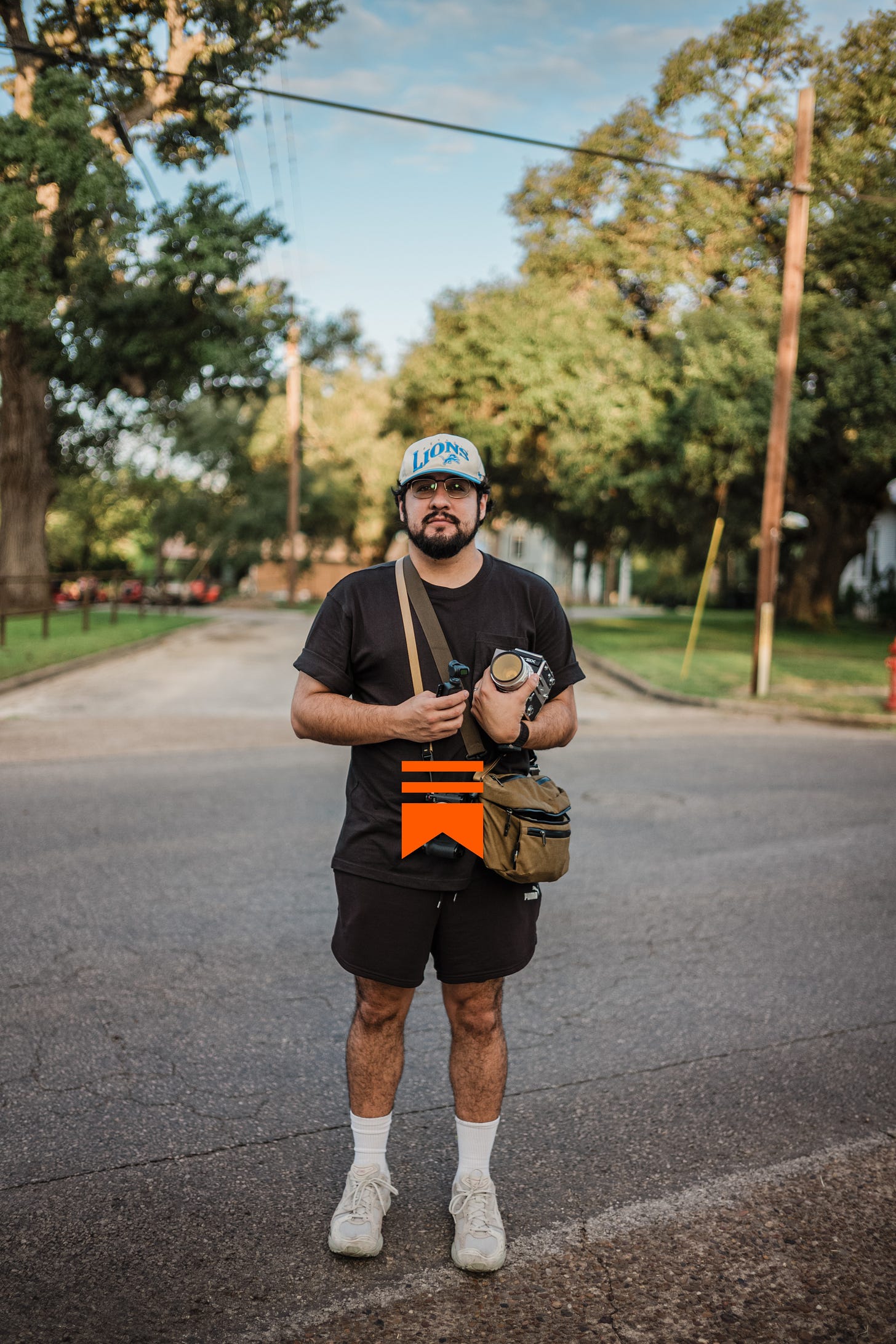
Continue reading to find out which is which at the bottom. Now let’s get to the thing that bugged me about this lens and the decision that made me absolutely despise using this lens while working.
The first inconvenience is the aperture ring and the fact that it does from third stops, to half stops, to full stops. It’s just frustrating and I never thought it would bother me until it did - but that one was easy to get over.
LEMME TELL YOU ABOUT THIS DAMN INFINITY LOCK MANNNNNN.
I hate it. I hate infinity locks. I’ve seen reviews of this lens where people say, “It’s not that bad, mate. Just remember to press it.” Well I did that and it is still annoying. While shooting video on this lens (optically it is so nice it can shoot the hell out of diverse scenes - probably because this is the sister company to the cinema lens brand DZO) I had a consistent issue with not being able to pull focus correctly because I kept getting snagged on that damn infinity lock. When trying to take photos for the same job I had trouble keeping up with pace because I kept getting snagged on the damn infinity lock. Why is it there? I get the vintage design but hold me closer tiny dancer - this could have done great without it. This lens was almost perfect but I had so much of an issue with the damn lock that I realized about 30 minutes in I couldn’t use this for work consistently no matter how nice the IQ is. For landscapes, portraits, slow life and all things topography, sure. However, I cannot recommend this lens to someone doing street photography, documentary work or just wanting to chase around their offspring without feeling somewhat responsible for their frustration when the lens gets in the way.
Sure, it takes fantastic photos that are on par with Zeiss and Leica glass from the sharpness, color and micro-contrast side of things but damnit if this lens doesn’t shoot itself in the foot.
There really isn’t much more to this lens. I don’t have to embellish or make excuses for it. There is a legitimate design flaw with that infinity lock but I’d be damned if I didn’t say that the image quality makes up for it in every way. This is the perfect Leica alternative. I, going forward, would recommend this brand of lenses within their Simera lineup over my favorite lenses from Zeiss or Voigtlander. The build, the look, accessories and optical quality packed within this lens are without a doubt worth 4x-5x the price you’re paying when compared to what similar performing lenses are going for in the M-mount system.
Thypoch got the gold on their first try. Hats off to them. This is a win for me and you as now there are more affordable lenses in the system that give you a stunning result. I can’t get over how great these lenses perform and how they make these sensors look as if they’re a higher megapixel count because of the detail resolved.
I’ll attach more photos to review. My final thoughts are that this is a major go (shoutout to my mentor, Flossy Carter) and if you can get over the worst decision every when it comes to that horrendous infinity lock design, you’ll be more than satisfied. Oh and the top image earlier was Leica and the bottom was Thypoch.

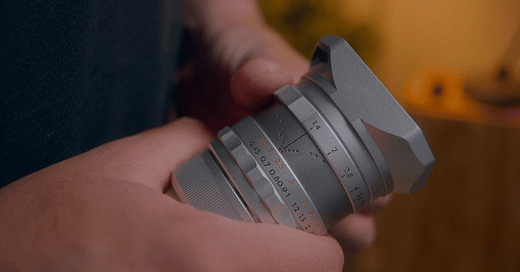









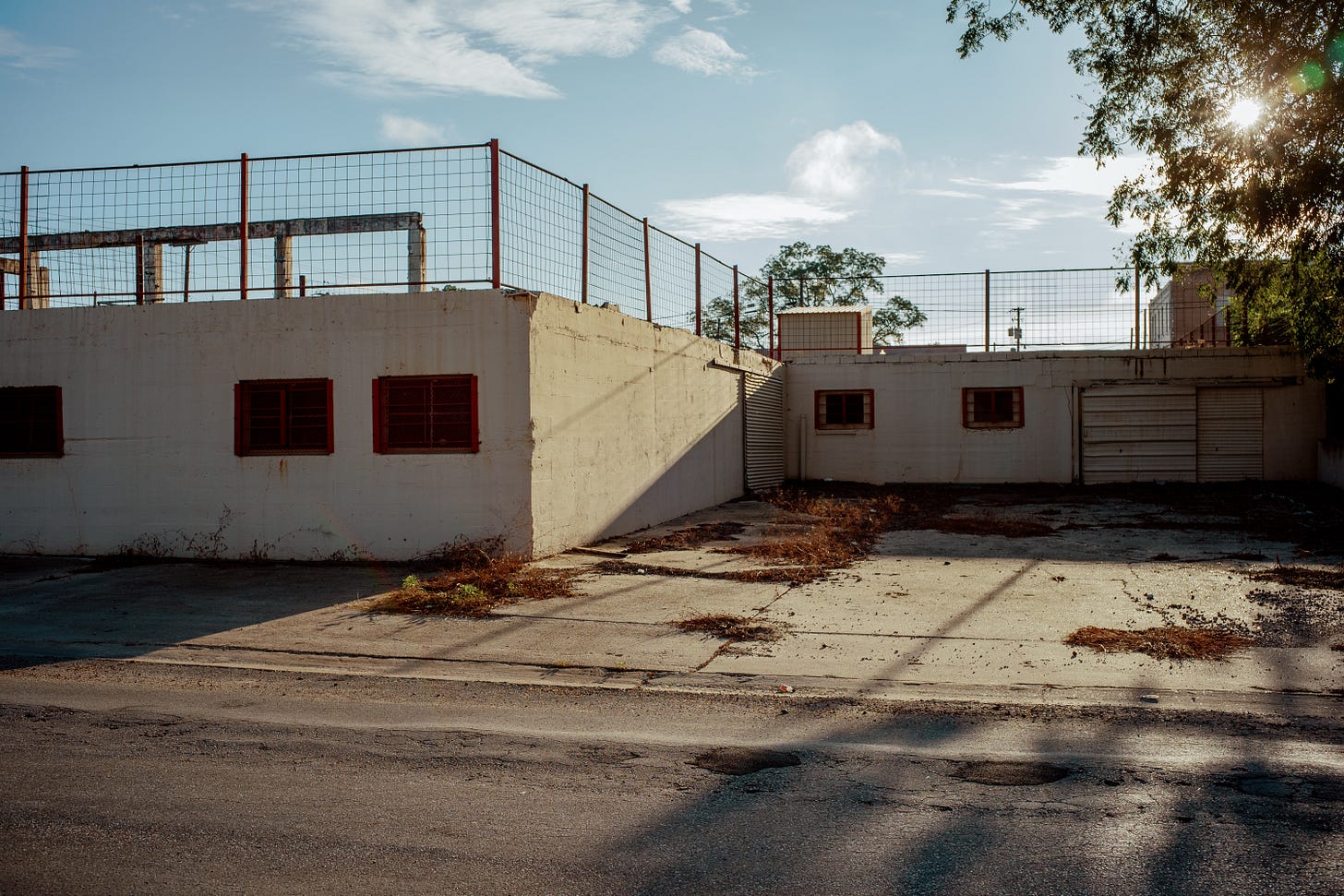
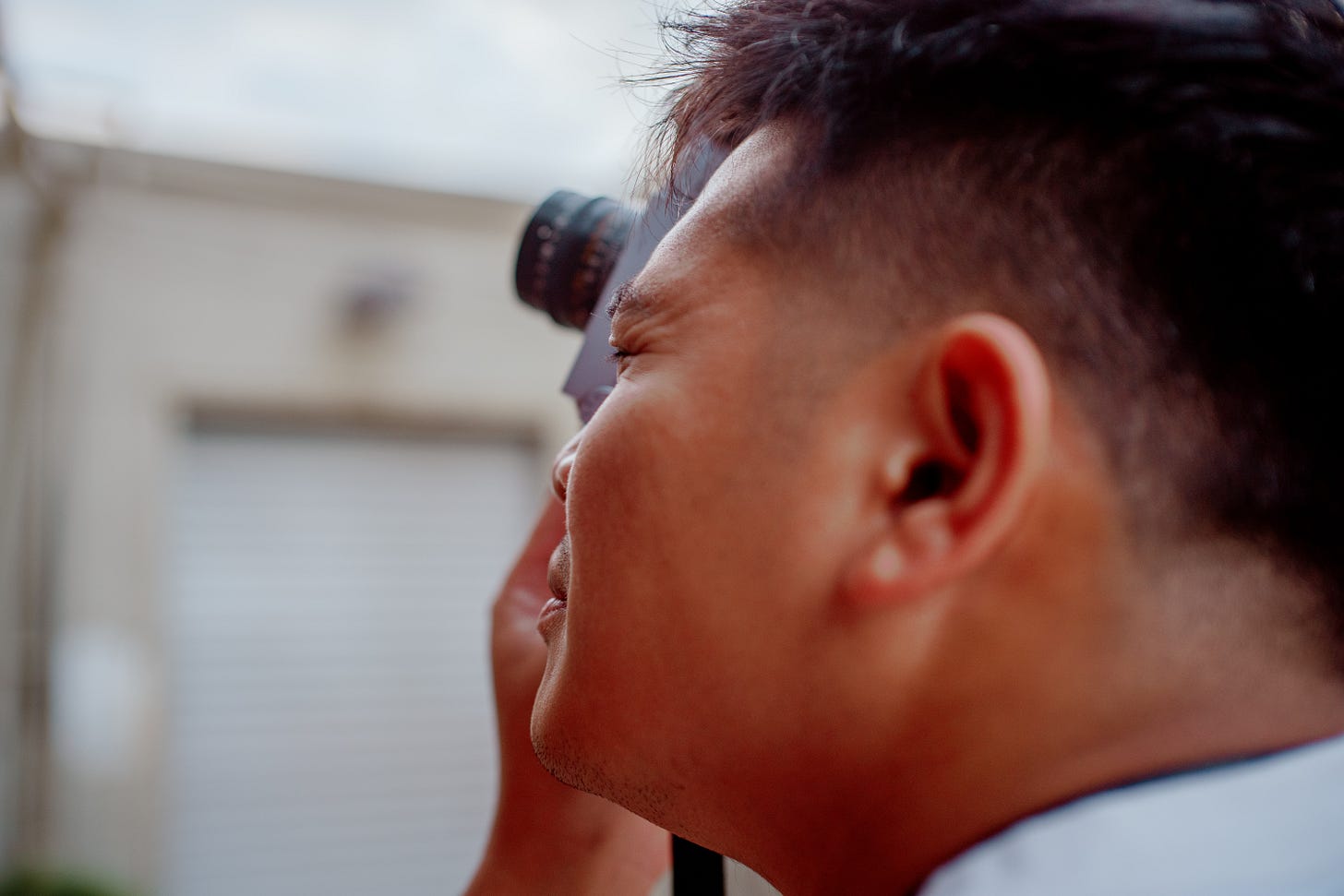





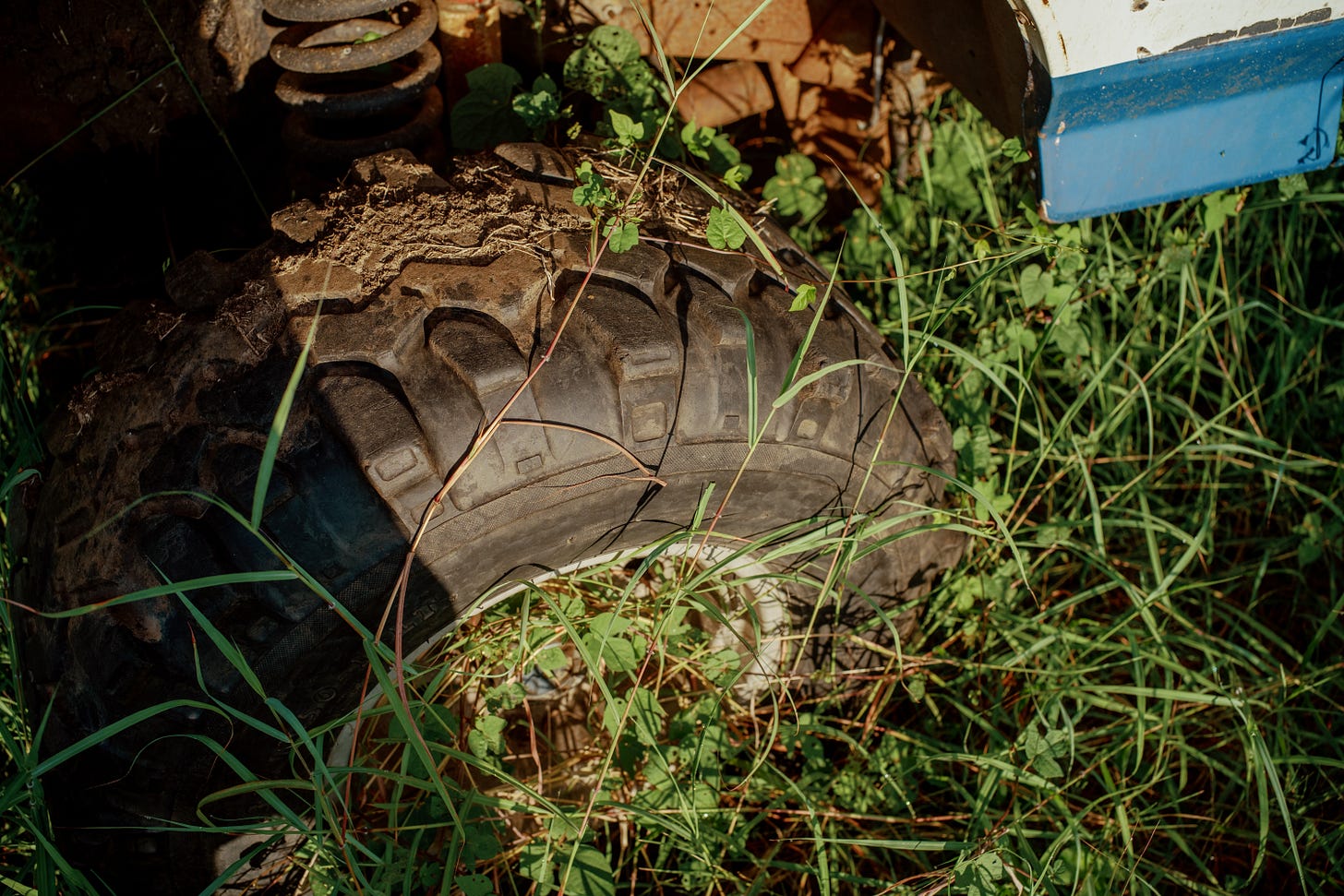
I love the Simera line, been using the 28mm and 35mm on my M1. I personally love the infinity lock but could go either way. Nice write up dude!
I have the 50mm from them. They got rid of the infinity lock, added silent aperture, and a soft bump at 0.7m. It’s better than my Summicron, which by the way fell on the floor on my birthday 1 month ago and it’s with Leica for repairs since then, with poor customer service and overly expensive repair price :(
I love these new Chinese lenses. Give a chance to their new 50mm. It’s insanely good !